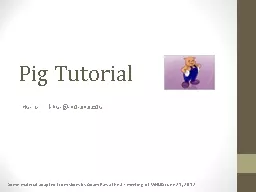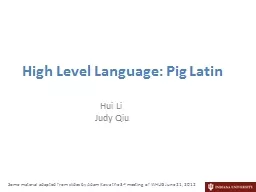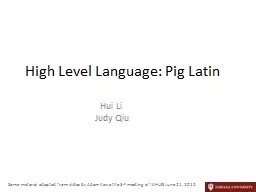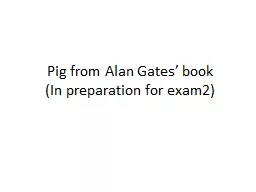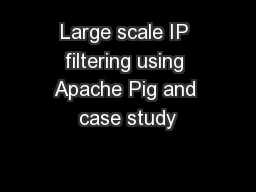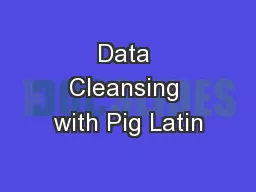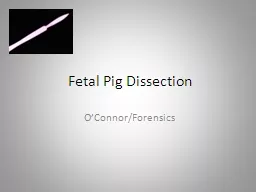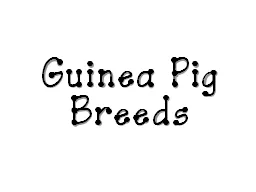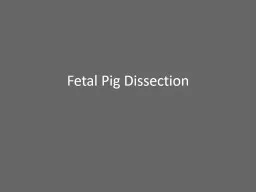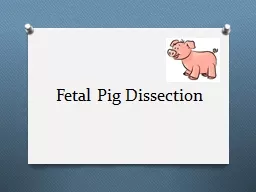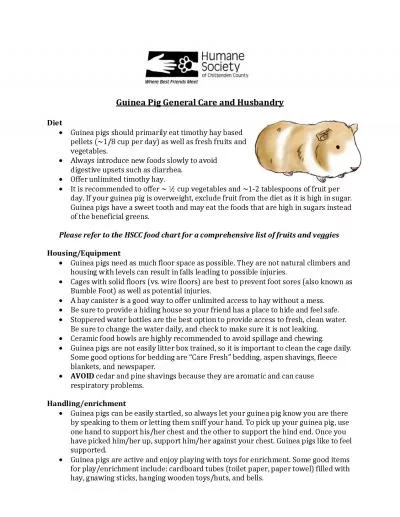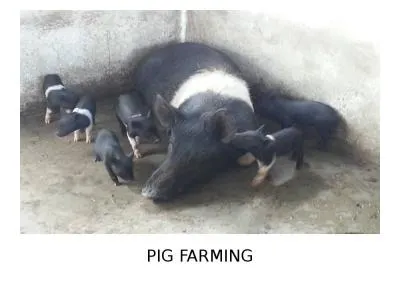PPT-Pig Tutorial
Author : karlyn-bohler | Published Date : 2015-09-26
Hui Li lihuiindianaedu Some material adapted from slides by Adam Kawa the 3 rd meeting of WHUG June 21 2012 What is Pig Framework for analyzing large unstructured
Presentation Embed Code
Download Presentation
Download Presentation The PPT/PDF document "Pig Tutorial" is the property of its rightful owner. Permission is granted to download and print the materials on this website for personal, non-commercial use only, and to display it on your personal computer provided you do not modify the materials and that you retain all copyright notices contained in the materials. By downloading content from our website, you accept the terms of this agreement.
Pig Tutorial: Transcript
Download Rules Of Document
"Pig Tutorial"The content belongs to its owner. You may download and print it for personal use, without modification, and keep all copyright notices. By downloading, you agree to these terms.
Related Documents

